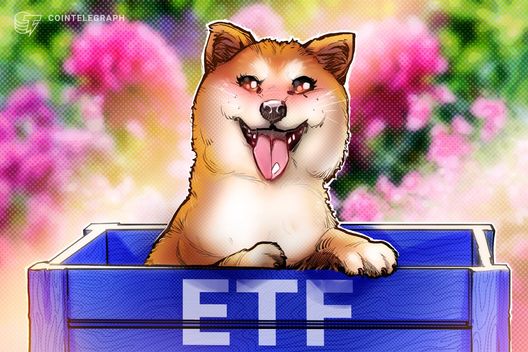Uniswap’s UNI token faces significant challenges as it sees a renewed downturn that brings its price below the essential support level of $6.22. The trading day began on a positive note with UNI reaching a high of $6.44, but the optimism quickly faded due to intense selling pressure. This abrupt shift occurs in the context of increasing uncertainty in the broader financial landscape, influenced by recent monetary policy cues and ongoing trade conflicts.
Earlier in the week, UNI had displayed resilience, but the latest reversal hints at a growing trend of risk aversion among traders who are becoming more cautious. With technical analysis pointing to $6.20 as a pivotal point for the token, further declines might be on the horizon if this level fails to hold. Throughout the day, UNI exhibited high volatility, trading within a narrow range between $6.22 and $6.44, experiencing a notable rally that peaked at $6.44 before reversing and ultimately closing lower.
“Heavy selling was recorded at 13:45, leading the price down to $6.31 on a substantial volume of over 244,000 units, while recovery attempts faltered, marking lower highs in succession.”
As the final hour of trading arrived, UNI dipped further to $6.20, with bearish volume intensifying as the session closed. The critical support zone of $6.22–$6.25 is now under considerable threat, and the overall market momentum has shifted towards the negative, signaling a bearish market for the foreseeable future.

Uniswap’s UNI Token Pressure Analysis
The current market dynamics surrounding Uniswap’s UNI token indicate several critical points for investors to consider:
- Price Pressure: UNI token prices fell below the crucial support level of $6.22.
- Volatility Observed: The trading range experienced volatility, with a peak at $6.44 followed by a decline.
- Market Sentiment: The selling pressure reveals rising risk aversion among traders, influenced by macroeconomic uncertainties.
- Technical Analysis: A series of failed recovery attempts resulted in lower price highs, suggesting a bearish market trend.
- Key Support Levels: The $6.22–$6.25 support zone is critical and now under threat, highlighting potential for further declines.
- Volume Insights: Heavy selling volume observed at critical points indicates strong market reactions to price movements.
- Final Line of Defense: Analysts now identify $6.20 as a crucial level; breach may lead to further downside risks.
This situation underscores the importance of market signals and technical levels for investors in managing risks effectively.
Uniswap’s UNI Token Faces Intense Selling Pressure
In the ever-evolving landscape of decentralized finance, Uniswap’s UNI token is currently grappling with significant selling pressure, moving beneath the critical support level of $6.22. This situation is comparable to other tokens in the DeFi space, notably those like Aave and SushiSwap, which have also seen fluctuating price behaviors amid a backdrop of economic uncertainty. Those engaged in trading these tokens may find themselves drawn to the distinct market dynamics that Uniswap presents, especially considering the volatility that surrounds not only UNI but other altcoins as well.
A notable advantage for UNI is its established reputation in the DeFi arena as one of the leading decentralized exchanges. This legacy can evoke investor confidence, especially for those who prioritize stability in turbulent markets. However, the current downtrend could deter new investors who might be reluctant to enter at such a precarious moment. The recent price fluctuations illustrate a broader trend of heightened risk aversion among traders, which could encourage more conservative strategies in the short term.
Furthermore, the key support zones of $6.22–$6.25 facilitate a critical decision point that traders must navigate. If these levels are breached, the implications could extend beyond just UNI, potentially affecting investor sentiment across similar tokens. This scenario could lead to a domino effect, causing others in the DeFi sector to experience similar sell-offs, ultimately benefiting short sellers while creating significant challenges for long-term holders.
Analysts’ attention is drawn not just to UNI itself but also to the overall market sentiment surrounding macroeconomic indicators. Those with a keen interest in navigating the DeFi trading sphere may encounter opportunities in adaptation and strategic positioning—perhaps reallocating funds among more stable assets while monitoring UNI closely. In contrast, those unprepared for volatility could face heightened risks, underscoring the delicate balance between potential rewards and inherent dangers in the current climate.

















